No other era was as vibrant and filled with bold fashion choices as the 1980s. But amidst those big boomboxes and hair, we were also trapped with a host of beliefs that, in hindsight, didn’t quite hold up. These were all the things people believed were true but, thankfully, aren’t.
Let’s take a look at a few things that were accepted as truth during the ’80s, which have since been debunked.
Nobody Called It a Mullet — Not Yet

In the ’80s, everyone knew the ultimate haircut. It was short in the front and long in the back. It showed up in schools, sports, and even red carpets. But this hairstyle had no name yet. That name came later in 1994 when the Beastie Boys coined it in Mullet Head.
Stranger Danger Was the REAL Problem
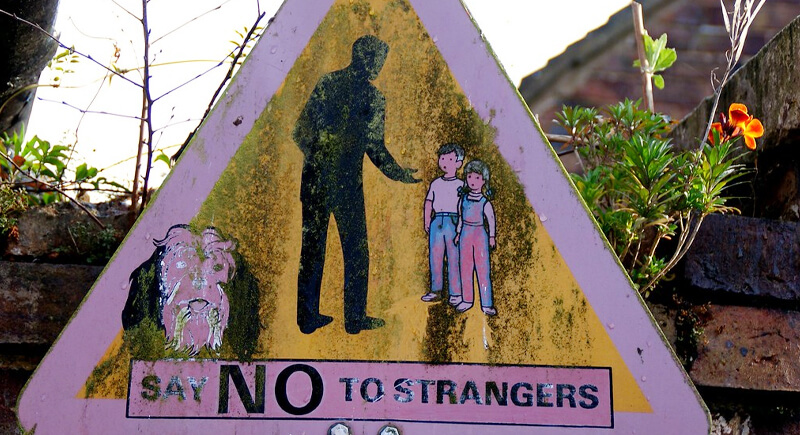
Most adults during that time truly believed strangers posed the biggest risk to kids. Schools pushed the “Stranger Danger” message hard. But the real threat came from inside the home. Most missing children were runaways or taken by relatives in custody disputes, not random people in vans.
That Halloween Candy Panic Had No Grounds

Parents back then checked every treat to see if it came from a crime scene. The fear felt real, but despite national anxiety, there were no verified cases of strangers putting razors or poison in Halloween candy. The myth grew out of urban legends and media hype.
Satan Wasn’t Lurking Behind Daycare Doors

A lot of people truly believed Satanic cults had infiltrated daycares. They thought children were in danger from hidden rituals and brainwashing. But years of investigations found nothing real. The panic was built on unreliable testimony and wild imagination that fueled a wave of daytime talk shows.
Daycare Abuse Trials Spun Out of Control

Many parents in the ’80s believed wild claims made by kids in daycare abuse cases. The details sounded terrifying, with secret tunnels and ritual sacrifices. Thankfully, none of it held up. Courts later found the interviews had planted ideas. Several innocent people lost years of their lives because of the myth.
“Crack Babies” Didn’t Match the Headlines

People believed an entire generation was born doomed because of crack cocaine. News reports painted infants as brain-damaged and unfixable. But long-term studies found the bigger factors were poverty, stress, and lack of healthcare. The term “crack baby” did more harm than the drug itself.
Spitting on Veterans? It Was Mostly Myth

The story of Vietnam vets getting spat on became a legend in the ’80s. Movies, books, and word of mouth passed it along like a fact. However, historians found no solid evidence. Veterans faced neglect and misunderstanding, but the spit story likely came from secondhand exaggeration.
People Feared HIV from Touch Alone

Back then, many genuinely feared they could catch HIV by hugging someone or using the same fork. The misinformation spread fast and stuck hard. But HIV only transmits through blood, semen, vaginal fluids, and breast milk—not from casual, everyday contact.
The “27 Club” Sounded More Real Than It Was

Once a few rock icons died at 27, people in the ’80s believed something spooky was going on. Music fans saw a curse. This instigated researchers to look at decades of celebrity data to find out if there was any truth to the claims. They found no spike in deaths at that age. The “club” is just a coincidence.
No, “Puff the Magic Dragon” Wasn’t About Pot
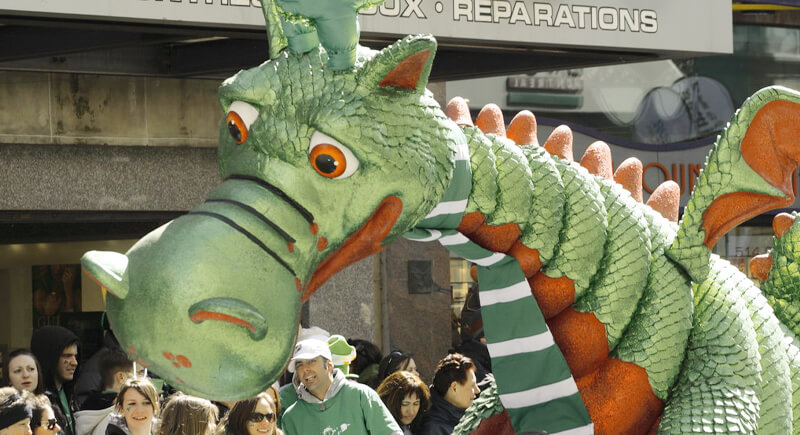
Plenty of people in the ’80s nodded and said, “You know that song’s about weed, right?” But it wasn’t. The writers have always said it’s about a kid growing up and losing imagination. The rumor stuck because of the word “puff,” not the meaning behind it.
Mozart Didn’t Raise Anyone’s IQ

Parents in the ’80s rushed to play Mozart, thinking it would boost their baby’s brain. Stores sold “genius” CDs for the same purpose. However, the research behind it only showed a short-term bump in spatial skills—and not in babies. The Mozart Effect was catchy but way overblown.
The “Minute Waltz” Took Longer Than a Minute
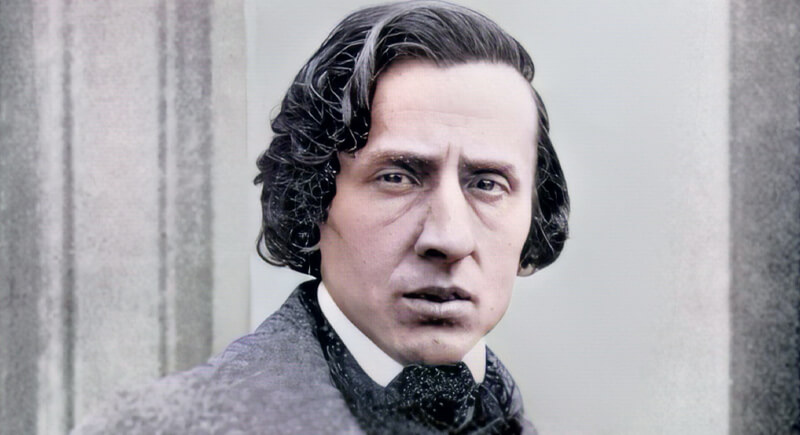
A lot of music fans assumed Chopin’s “Minute Waltz” meant it lasted 60 seconds. But that wasn’t the truth. The word “minute” meant small or delicate, not timed. Most performances take about two minutes. The confusion came from English translations, not a challenge to speed-run a piano piece.
“Edelweiss” Sounded Like an Anthem, But It Wasn’t
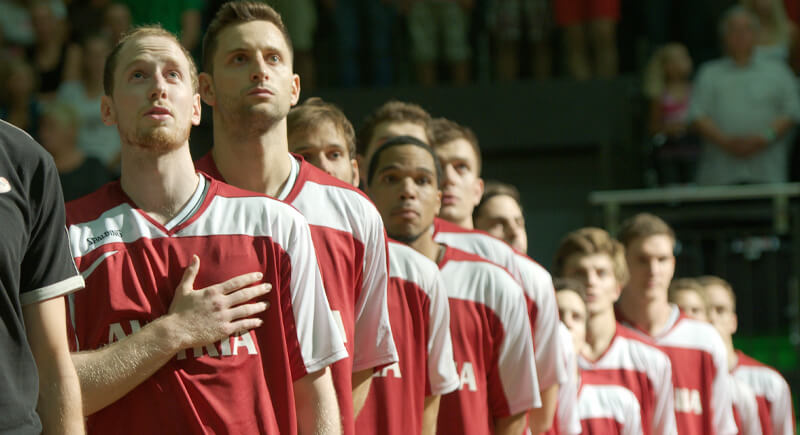
After The Sound of Music hit big, many in the ’80s thought “Edelweiss” was Austria’s national anthem. It had that solemn and patriotic vibe. The reality was that it was written for Broadway in New York. Austria’s actual anthem is completely different and has no connection to the musical.
The Monkees Didn’t Outsell the Beatles
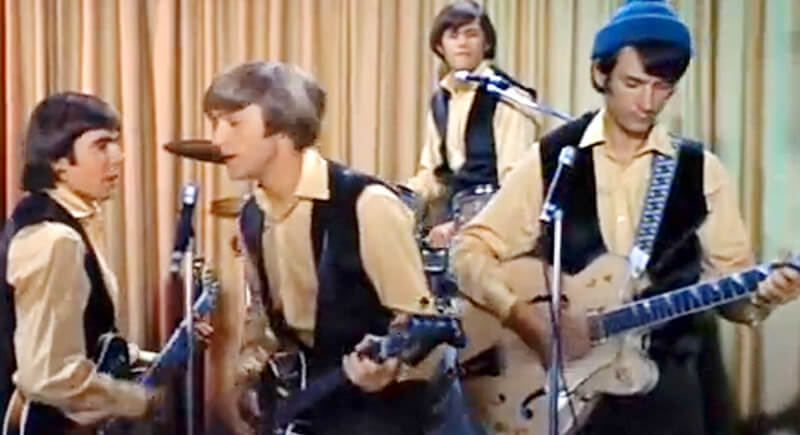
If you grew up in the ’80s, someone probably told you The Monkees outsold the Beatles and Rolling Stones combined. That statistic was repeated a lot. As a matter of fact, it started as a joke from band member Michael Nesmith. Actual sales records say otherwise—no contest.
The Song Playing at Altamont Wasn’t What People Remember
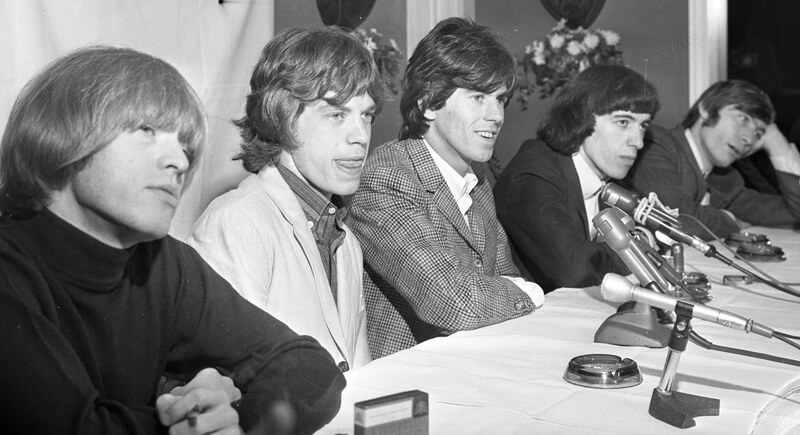
Many believed the Stones were playing “Sympathy for the Devil” during the Altamont stabbing, and that story spread fast. But footage shows the band was playing “Under My Thumb.” The confusion stuck because the other song fit the tragedy’s tone better—even if it wasn’t true.